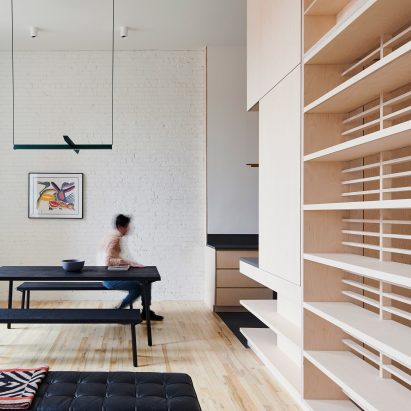Introduction
Plywood is a material that is widely used today in a variety of applications, from furniture making to construction. However, few people know the long history of this versatile material. In this article, we will explore the origins of plywood and how it has been used throughout history.
Origins of Plywood

Plywood has been around for centuries, with evidence of its use found in ancient Egyptian tombs. The Egyptians glued thin layers of wood together to create a variety of objects, including coffins, furniture, and boats. In fact, the earliest known example of plywood dates back to around 2600 BC when it was used to create a wooden vessel found in a burial chamber.
The ancient Greeks and Romans also used plywood in their construction projects, often using it as a substitute for expensive hardwoods. They would glue thin layers of wood together to create thicker, more durable pieces of lumber. Plywood was also used for decorative purposes, with intricate designs and patterns.
Development of Modern Plywood
The modern plywood we know today was first developed in the early 20th century. One of the most significant milestones in the development of plywood was the invention of the rotary cutter in the early 1900s. This allowed for the production of thin and uniform sheets of veneer. This made plywood more affordable and accessible to the masses.
During World War II, plywood was in high demand due to its strength and durability. It was used to construct airplanes, boats, and even gliders. After the war, plywood became a popular material for building homes and furniture due to its affordability and versatility.
Modern Uses of Plywood

Today, plywood is used in a variety of applications. It is used to build floors, walls, and roofs, and is even used in the manufacturing of musical instruments such as guitars and drums. Plywood is a popular material for furniture making, with designers using it to create unique and modern furniture pieces and decorative accents. Plywood is an excellent material for designers because it is easy to work with and can be shaped and molded into a variety of forms.
In recent years, plywood has been used in innovative ways in architecture and construction. Architects are using it as a sustainable and cost-effective alternative to traditional building materials, with structures such as pavilions and even entire buildings being constructed out of plywood.
Conclusion
Plywood has come a long way since its humble origins. From ancient Egyptian tombs to modern architecture, it has proven to be a durable and versatile material. The invention of the rotary cutter and its use in World War II have made it more accessible and affordable, and its modern uses continue to evolve. Plywood is truly a material that has stood the test of time, and it will undoubtedly continue to be an essential building material for years to come.


2 Responses
Hey thanks for sharing this amazing content, We also have some amazing content for Best Plywood Manufacturer India at Plywood, Flushdoors and Block Boards
Your website was amazing too.